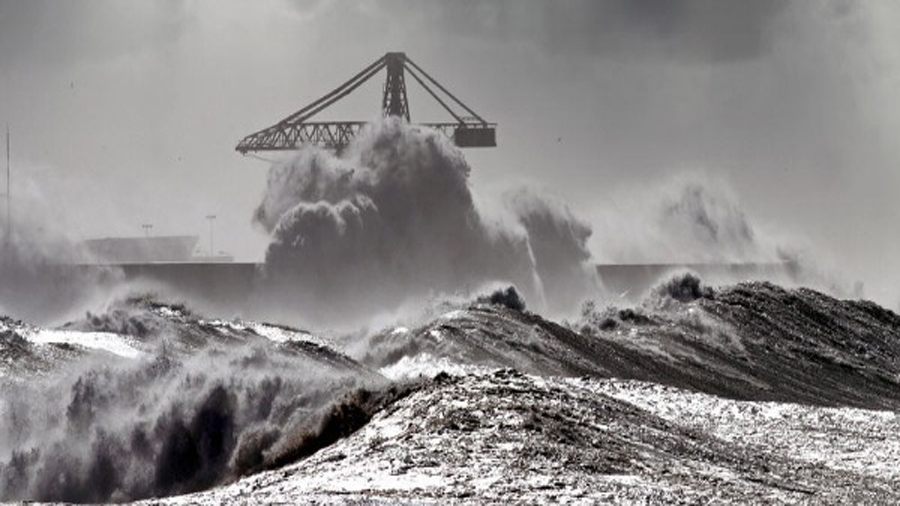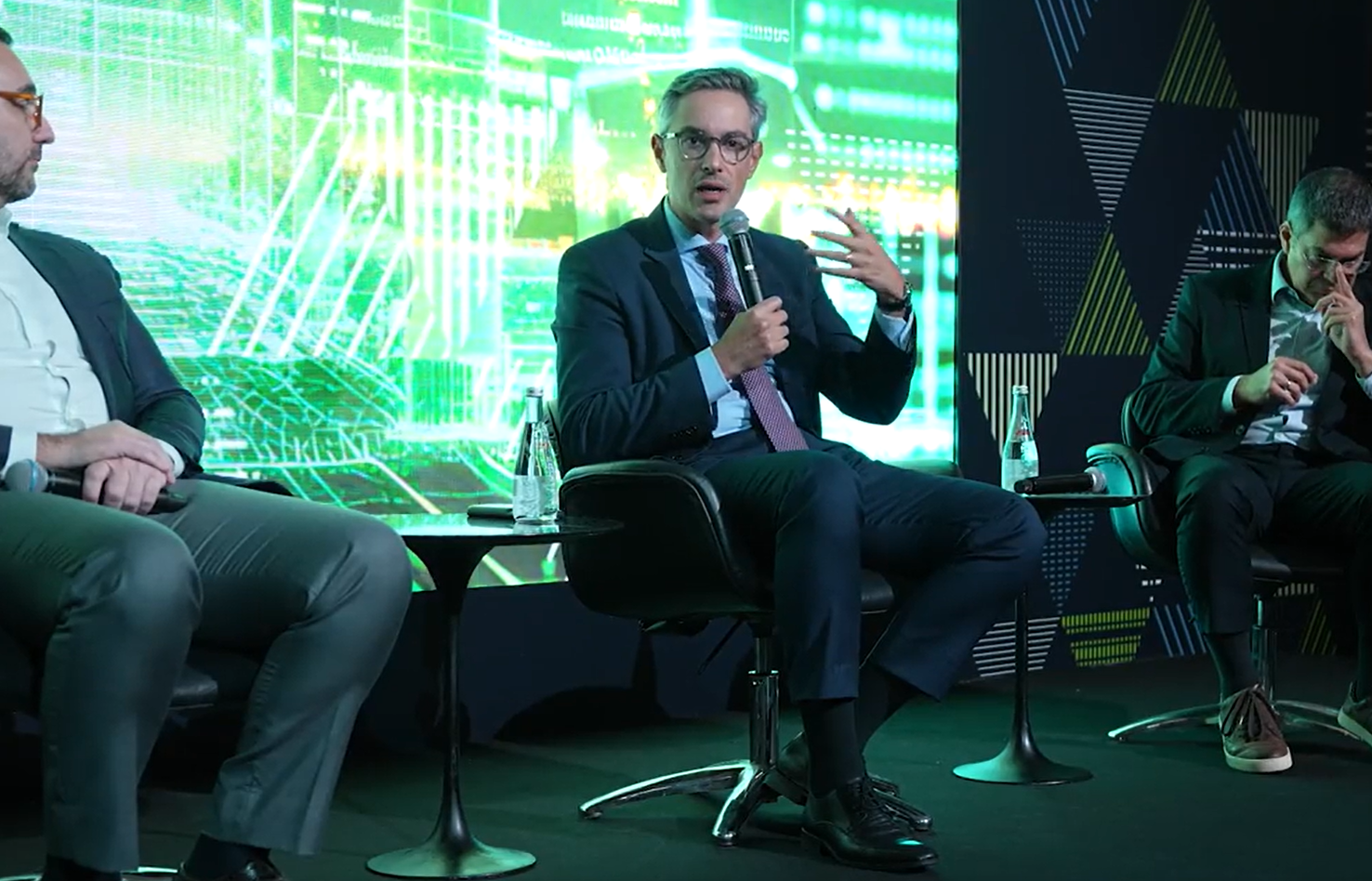Cyclones off Western Australia could hike iron ore price

Cyclones slamming into Western Australia are nothing new for Australia’s iron ore producers, but this summer could be especially stormy in the Southern Hemisphere, according to the Australian Bureau of Meteorology.
The bureau forecasts that inclement weather due to “neutral to weak La Niña conditions in the tropical Pacific Ocean and warmer than average ocean temperatures to the north and east of Australia,” will mean a higher-than-average number of cyclones for the region. A greater frequency of cyclones generally corresponds to the La Niña weather phenomenon.
Western Australia, which hosts the Pilbara iron ore belt, has a 67% chance of getting more than the average 11 tropical cyclones from November to April.
“Ocean temperatures are currently 1–2 °C warmer than average to the north and east of Australia which is favourable for tropical cyclone development. The Southern Oscillation Index, a measure of the atmospheric component of [the El Niño-Southern Oscillation] (ENSO), has been positive through this period and exceeded La Niña thresholds in the last two weeks of September,” the bureau stated in its Australian Tropical Cyclone Outlook for 2016 to 2017, published last week.
It predicts Western Australia, which hosts the Pilbara iron ore belt, has a 67% chance of getting more than the average 11 tropical cyclones from November to April. At least two of those cyclones are expected to make landfall, compared to last season, which was the least active on record. A cyclone in January shut down Port Hedland, the world’s largest iron ore port. Queensland, a major coal-producing region, will be hit worse. The bureau says the Queensland coast will see up to eight cyclones, though only one or two should reach land.
The expected bad weather has Macquarie, an Australian bank, saying that the supply or iron ore and metallurgical coal could be affected.
“The first quarter of each year is typically weakest for seaborne supply for both commodities due to wetter weather, and with conditions expected to be more adverse than usual, these markets could stay tighter for longer,” says the bank in a research note quoted by The Australian.
In the most recent trading session iron ore was up 20 cents to US$56.80 per tonne, extending gains to five straight sessions.
The price of iron ore is up 32% this year and like coking coal the resurgence comes against expectations of further declines as Chinese steelmaking peak after three decades of growth.
In 2011 floods in key export region in Queensland saw the coking coal price touch $335 a tonne. The iron ore price peaked in February that same year at $191.50 a tonne.
{{ commodity.name }}
{{ post.title }}
{{ post.date }}

Comments
Altaf
It is hardly 6 months ago that every one was discussing how the big three are flooding the market and making juniors go out of business. Even if Chinese demand has not picked up, prices have gone up.